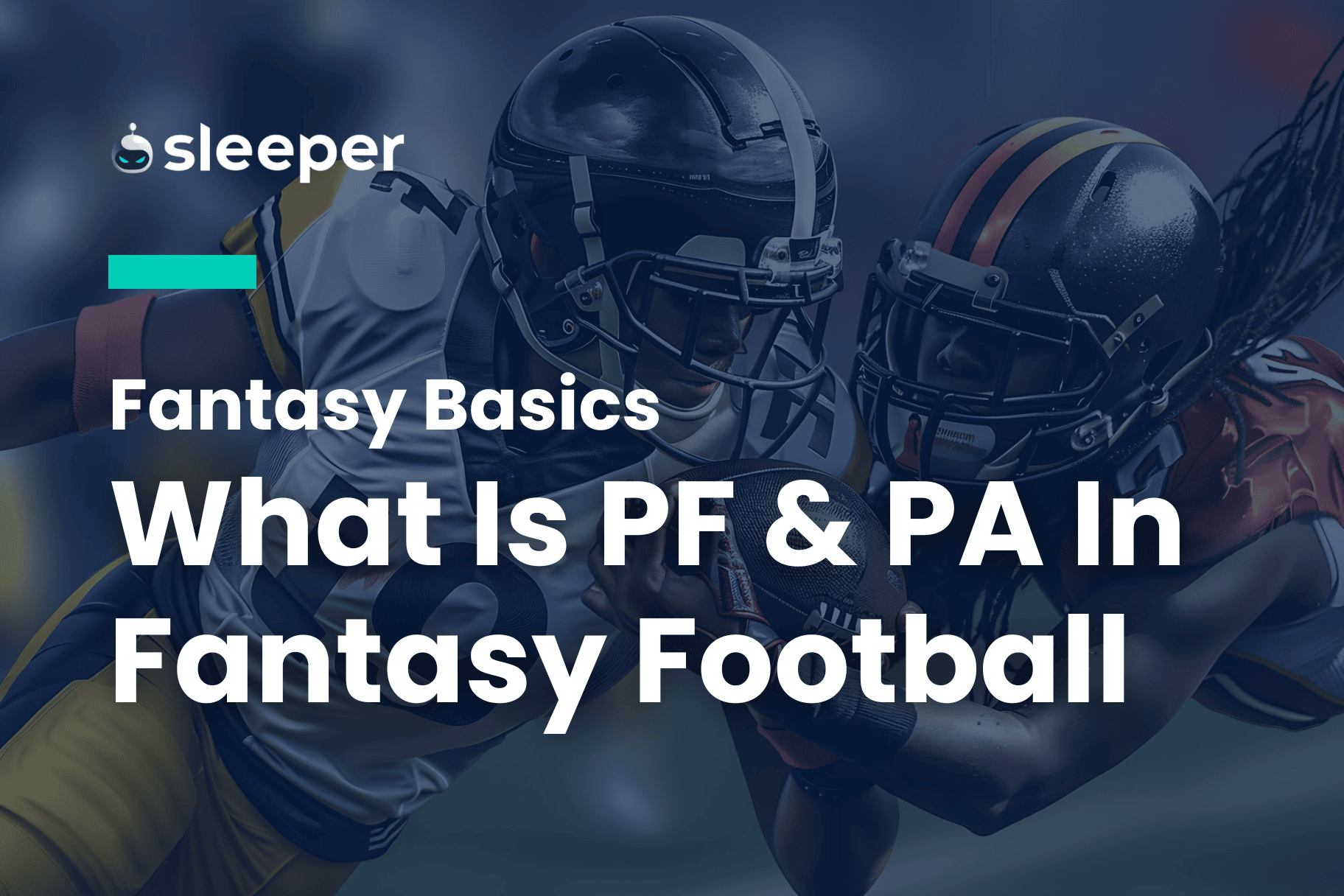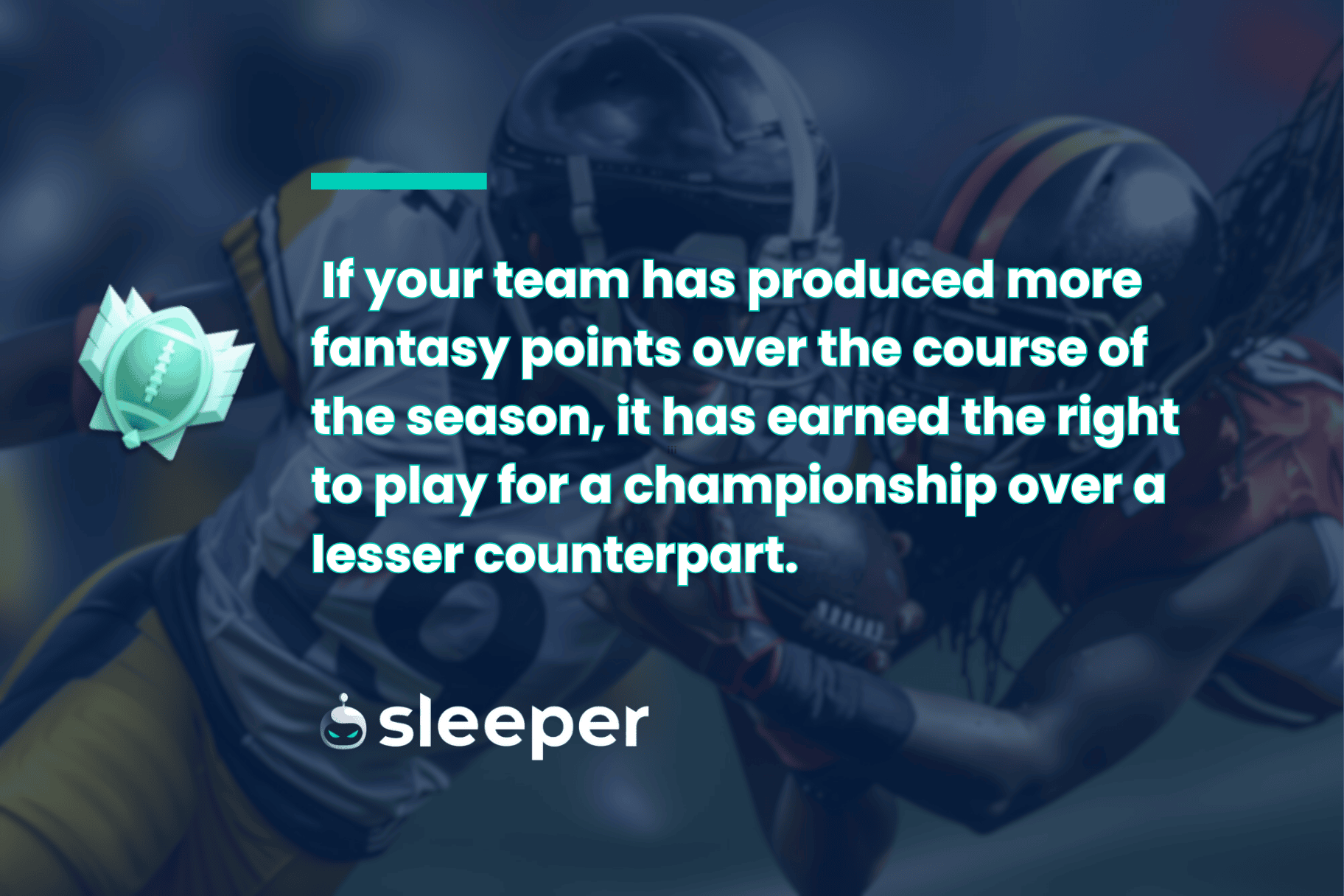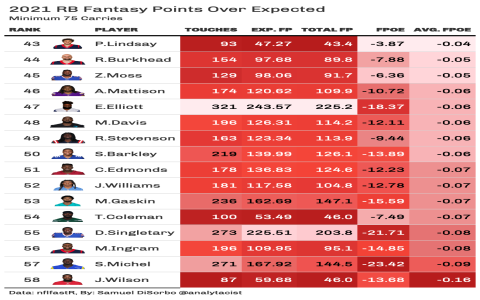Alright, let’s talk about something I started paying way more attention to in my fantasy leagues – the whole ‘pf and pa’ thing. Points for, points against. Sounds simple, right? For the longest time, I honestly just glanced at the standings. You know, wins, losses, maybe the streak. That was about it.

But then I got kinda frustrated one season. My team felt good, like really solid, but the record just wasn’t showing it. I kept losing close ones. So, I decided to dig deeper. I wasn’t doing anything fancy at first. I literally just started looking at the full standings page on our league site, specifically those two columns: PF and PA.
My First Steps
I began tracking it week by week. Not just my team, but everyone’s.
- I’d jot down the weekly scores.
- I calculated the league average score each week.
- I compared my team’s score to the average.
- I looked at who I played – did they have a boom week against me?
Doing this manually for a few weeks was a bit of a chore, not gonna lie. But it forced me to actually see the numbers instead of just passively scrolling past them.
The ‘Aha!’ Moment
What I realized was pretty stark. My Points For (PF) were consistently high, often well above the league average. I was scoring points! The problem? My Points Against (PA) were also through the roof. It felt like every opponent just had their best week of the season against me. Bad luck? Maybe partly. But seeing it quantified like that was different.
Conversely, I noticed a couple of teams with decent records but really low PF. They weren’t actually scoring much; they were just getting lucky playing against teams that had dud weeks. Their high PA wasn’t punishing them because their opponents’ scores were even lower.
Putting It Into Practice
This changed how I approached things:
Trading: Before, I might have hesitated to trade with a team ahead of me in the standings. Now, I started looking at their PF/PA. If a team had a good record but low PF, I saw them as a potential fraud, maybe someone easier to beat later or someone whose players might be overvalued. If a team had a losing record but high PF (like mine!), I knew they were dangerous and maybe undervalued – a good team to trade with if they were getting desperate.
Evaluating My Own Team: Seeing the high PF confirmed my gut feeling that my team was actually good, despite the record. It stopped me from making panic moves or dropping solid players just because I lost a couple of close matchups. It gave me confidence in my drafting and waiver picks.

Waiver Wire/Matchup Prep: I didn’t overhaul everything, but I started considering the PA of my upcoming opponent. If they consistently gave up a lot of points, maybe I’d take a risk on a boom-or-bust flex player that week. If their PA was low, I’d lean towards safer floor plays.
Did It Work?
Well, it’s not magic. You still need good players and some luck. But understanding the context behind the wins and losses definitely helped. It made me a more rational manager, less prone to emotional decisions based purely on the win/loss column. I felt like I had a better grasp of the true strength of teams in the league, including my own.
So yeah, that’s my journey with looking beyond just the record. Started simple, just paying attention to those PF and PA numbers, and it kinda evolved from there. It’s now a standard part of my weekly check-in. Just looking at the numbers, thinking about what they actually mean for each team. Give it a try if you haven’t, might give you a different perspective.






